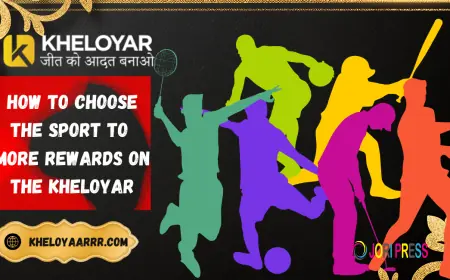Movie Piracy: Why It Still Harms the Industry — and What Can Be Done
Movie Piracy: Why It Still Harms the Industry — and What Can Be Done

Movie Piracy: Why It Still Harms the Industry — and What Can Be Done
Movie piracy isn’t just a cheeky click or an illegal download — it’s a complex problem that undermines creative ecosystems, robs workers of income, and weakens the future of filmmaking. For platforms like Aiplex AntiPiracy, combating piracy is about protecting not only box-office receipts, but artistic livelihoods, investor confidence, and fair access to high-quality content. This article explains why movie piracy matters, how it evolved, and practical steps the industry and consumers can take to reduce its impact.
What movie piracy looks like today
Piracy has shifted from physical bootlegs and unlicensed DVDs to sophisticated digital ecosystems. Torrent sites, streaming link aggregators, cyberlocker services, illicit IPTV providers, and social-media leaks are all part of the modern piracy landscape. While casual downloading remains common, streaming-based piracy — where copyrighted films are broadcast illegally through hacked servers or compromised apps — now captures a large share of illicit consumption. This shift makes enforcement harder: content can be duplicated and redistributed within seconds, across borders, and via encrypted channels.
Why piracy damages the film industry
At first glance, piracy might look harmless to some viewers — a way to sample films for free. But its consequences are broad and tangible:
-
Revenue loss: Piracy reduces ticket sales, legitimate streaming rentals, and physical media purchases. For mid-budget and independent films that rely on steady revenue streams, even modest losses can sink future projects.
-
Job impact: Film production involves thousands of professionals — writers, technicians, set designers, post-production engineers, marketing teams. Lost revenue cascades through the supply chain, diminishing future employment and lowering budgets.
-
Market distortion: Widespread piracy can distort what projects get financed. Studios and investors may favour formulaic blockbusters or known IPs with guaranteed returns, sidelining riskier creative projects.
-
Security risks for consumers: Many illegal sites carry malware, intrusive advertising, and data-harvesting trackers. Illicit streaming apps and pirated downloads can expose users to fraud, identity theft, and poor device performance.
-
Undermines creators’ rights: Piracy circumvents the licensing mechanisms that allow creators to control distribution and the fair compensation that funds continued creative work.
Why enforcement alone isn’t enough
Traditional enforcement — takedowns, ISP blocking, legal action — remains essential, but on its own it’s a whack-a-mole solution. Piracy operators quickly adapt, changing domains, using mirror sites, or moving to decentralized networks. Effective anti-piracy strategies therefore need to be multifaceted, combining legal, technical, and market-based measures.
Practical approaches that work
-
Rapid detection and takedown: Automated monitoring tools can find unauthorized copies fast; prompt takedowns reduce the window for sharing and replication.
-
Targeting the supply chain: Disrupting hosting providers, payment processors, and advertisers that sustain piracy operations makes those services harder to run profitably.
-
Global cooperation: Piracy often spans jurisdictions. Cross-border cooperation between rights-holders, ISPs, and law enforcement improves outcomes.
-
Improving legal access: One of the best defences against piracy is attractive, affordable legal options. Simultaneous global releases, reasonable pricing, and good user experience make legal platforms a compelling alternative.
-
Education and awareness: Public campaigns that explain the harms of piracy and the risks involved for consumers can shift attitudes and behaviour.
-
Technological protection: Watermarking, fingerprinting, and forensic tracing of leaked copies help identify sources of leaks and deter insider breaches.
What consumers can do
Consumers have power. Choosing legal services, reporting pirated content, and avoiding sites that promise “free” access helps reduce demand. Remember that convenience and safety are valuable: licensed platforms offer reliable quality, no malware risks, and they ensure creators are paid.
Closing thought
Movie piracy is not a victimless act. It erodes the economic foundation that enables filmmakers to take creative risks and produce the diverse slate of films audiences enjoy. Protecting cinematic art requires modern tools, international cooperation, and consumer choices that favour legal access. Organizations such as Aiplex AntiPiracy play a vital role in this ecosystem — combining detection, enforcement, and prevention—to help ensure that stories can continue to be told, rewarded, and shared legally.
What's Your Reaction?
 Like
0
Like
0
 Dislike
0
Dislike
0
 Love
0
Love
0
 Funny
0
Funny
0
 Angry
0
Angry
0
 Sad
0
Sad
0
 Wow
0
Wow
0
















































